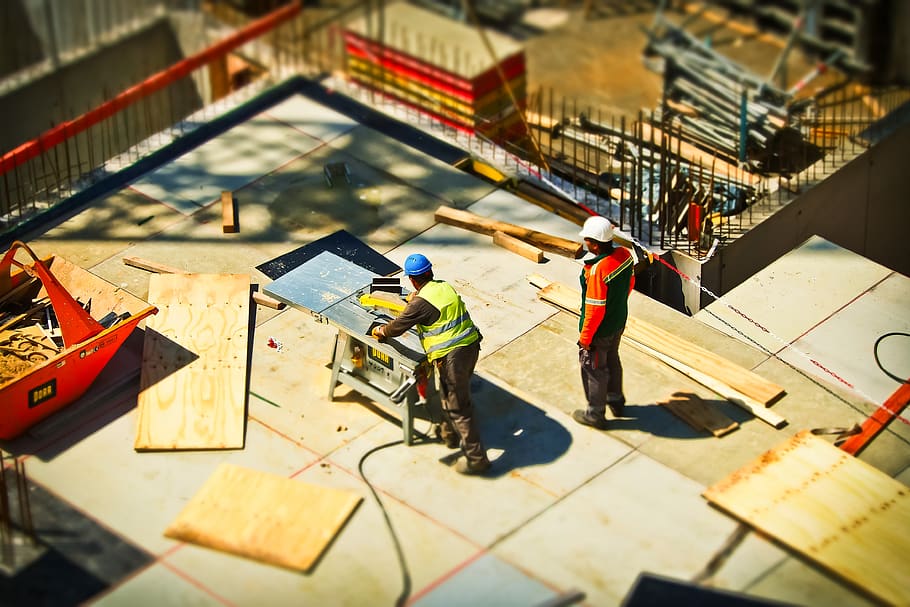The Small Space Living Movement has gained substantial attention in recent years as more and more people look for a more uncomplicated and even more environmentally-conscious way of living. At its core, the movement is about adopting a more compact living space, often between 100 and 400 square feet, which promotes a even more thoughtful lifestyle.
One of the main factors behind the Tiny House Movement is the growing awareness of environmental concerns. With the rising stress on the environment, people are seeking out ways to minimize their carbon footprint. Tiny houses often employ eco-friendly materials, rely on renewable energy sources, and support a even more energy-efficient lifestyle. Moreover, they require less land, which means less deforestation, less habitat destruction, and a diminished impact on local ecosystems.
Another substantial factor enhancing to the appeal of the Tiny House Movement is the increasing cost of living. As housing prices continue to increase, people are seeking alternative ways to own and live in a home without breaking the bank. Tiny houses can be built on wheels, making them qualified for on-site (fact18.com) parking and excluding the need for a large plot of land. This flexibility in location offers a cost-effective solution for those who want to own a home without sacrificing their financial stability.
In terms of design, tiny houses usually have clever utilization solutions and multi-functional furniture. This allows residents to utilize of their compact living space while preserving a comfortable and practical lifestyle. From folding tables and sofa beds to obscured storage compartments and vertical shelves, the design of tiny houses is all about optimizing space.
Furthermore, the Micro Home Revolution highlights community and connection. Many people are drawn to the idea of living in a smaller space because it enables them to form closer bonds with their neighbors and the community around them. Tiny house communities and villages have emerged up across the country, providing a sense of belonging and shared purpose among residents.
However, the Tiny House Movement is not without its hurdles. Local zoning laws and building codes often pose a significant obstacle for those who want to build or park their tiny house. Moreover, some critics argue that the movement perpetuates the notion of a 'perfect' family or lifestyle, ignoring the nuances and diversity of real-life situations.
Despite these barriers, the Tiny House Movement is obtaining momentum and attracting widespread attention. With its accent on environmental sustainability, financial prudence, and community building, it offers a compelling alternative to the conventional housing market. As people remain look for more satisfying and connected ways of living, the idea of a tiny house appears increasingly appealing – a testament to the power of simplicity and the human desire for a more intentional and fulfilling life.
